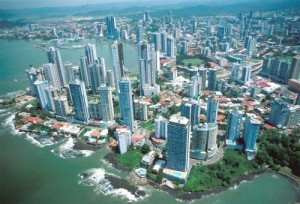 The 9th annual Global California Conference will be held at the San Jose City Hall this year
The 9th annual Global California Conference will be held at the San Jose City Hall this year  on June 22nd. The topic is Panama and the Canal Expansion and its impact on California job creation. One of the presentations is about great renewable energy projects and investment opportunities in the West Coast of the U.S., Panama, Latin America, the Caribbean and the World: Massive Opportunity: Impact Capital for Renewable Energy Projects.
on June 22nd. The topic is Panama and the Canal Expansion and its impact on California job creation. One of the presentations is about great renewable energy projects and investment opportunities in the West Coast of the U.S., Panama, Latin America, the Caribbean and the World: Massive Opportunity: Impact Capital for Renewable Energy Projects.
“Panama is poised is poised to become a key player in trade between Latin America and North America as well as Asia. Its geographic location favors a number of possibilities for players and surrounding countries” says panel guest, Rodney Alves of Alves & Associates.
“Panama’s strategic location is a major global shipping and logistics hub. The massive infrastructure improvements underway, including additional Ports and the Panama Canal Expansion, enhance the importance of the U.S.‐Panama Free Trade Agreement”, states Alvaro Cabal Lachman, President of USPAW.
Notable dignitaries from Panama as well as California will be participating in the conference, such as, former Ambassador to Panama in Washington D.C, Juan Sosa, who is now the President of USPA, U.S., will be giving the ‘keynote’ speech. The conference is produced by TradePort, the Monterey Bay International Trade Association in partnership with the United States ‐ Panama Business Council West.








